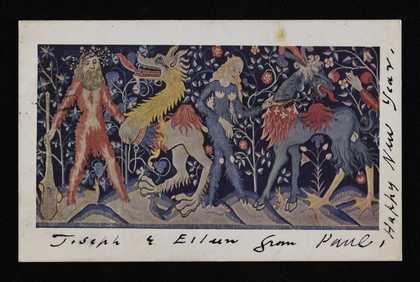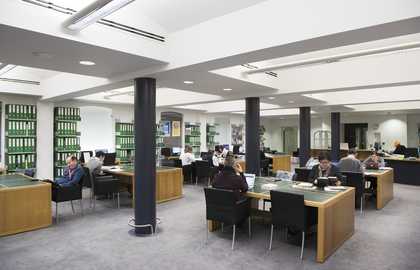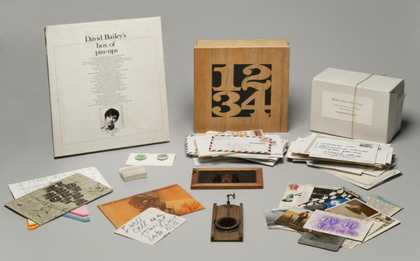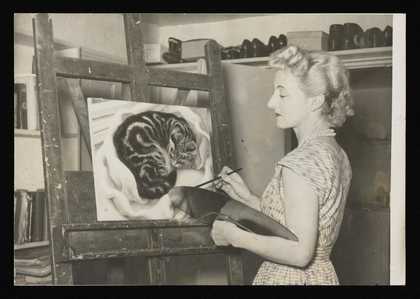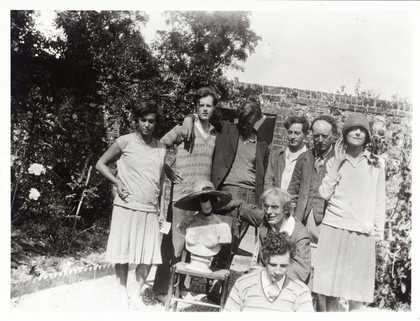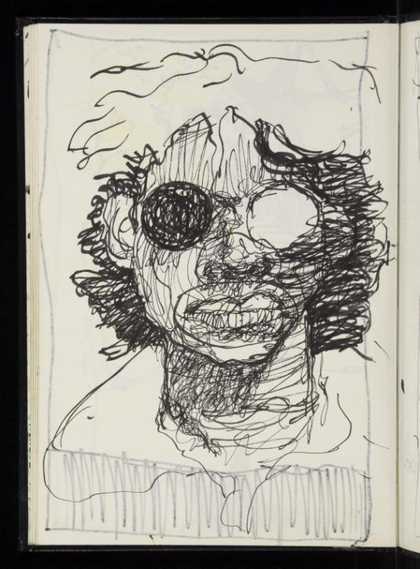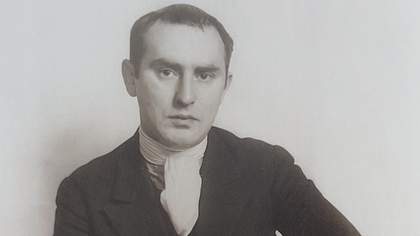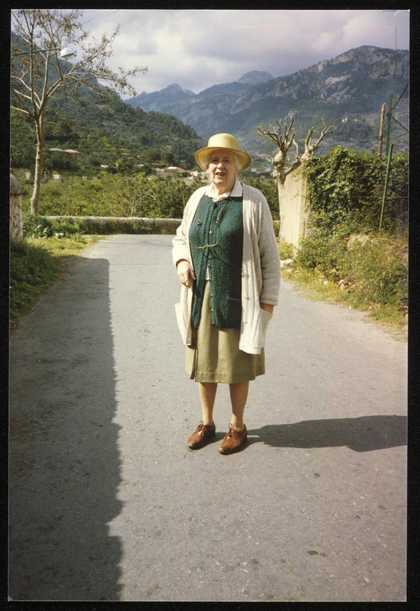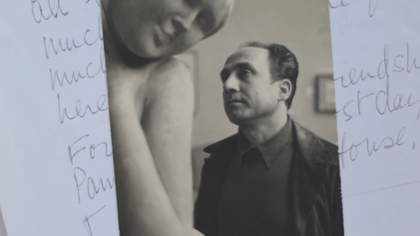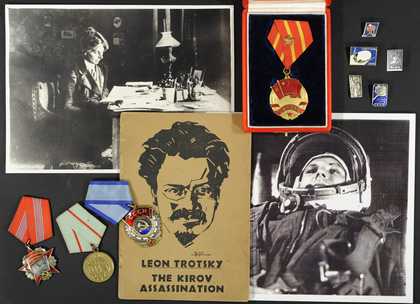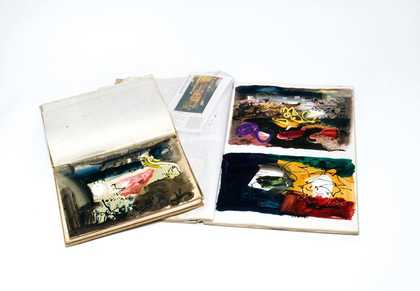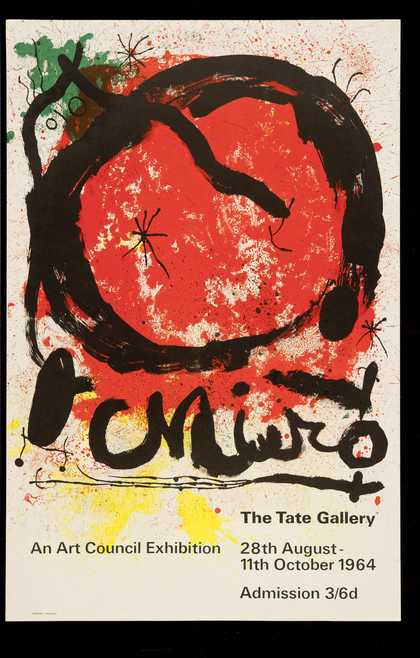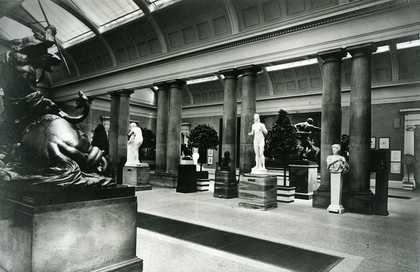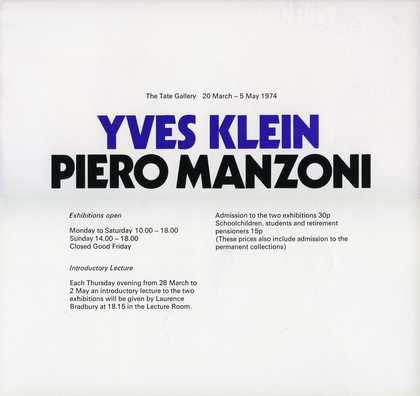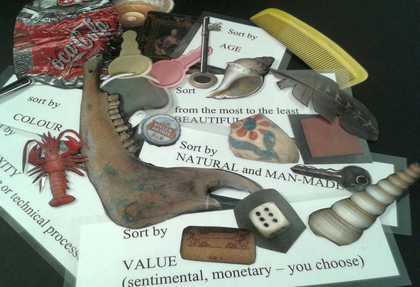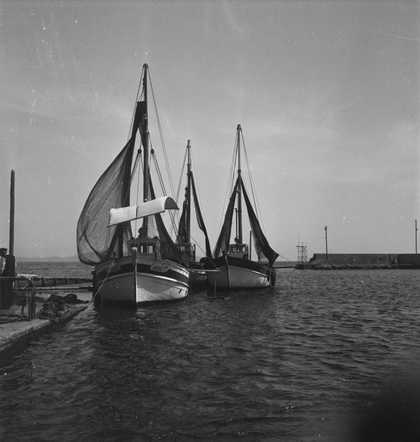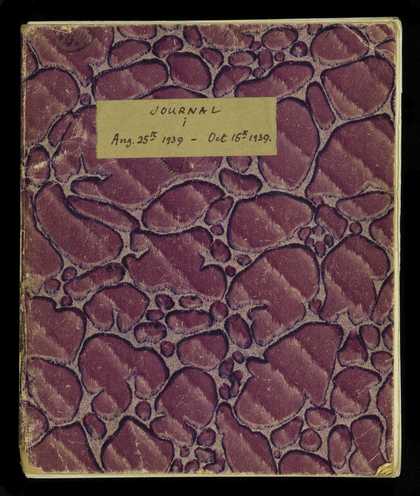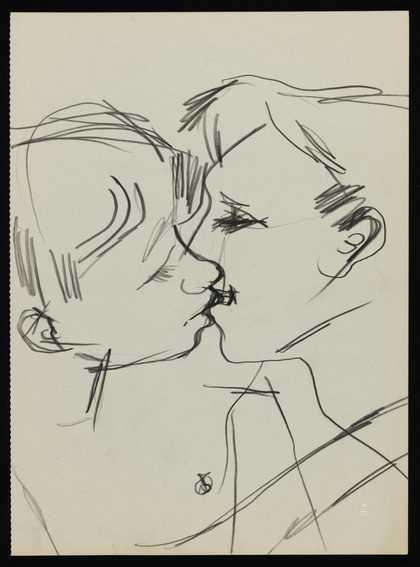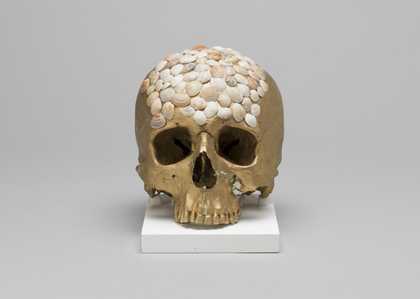Do I need special permission to look at material held in Tate Archive?
No – Tate Archive is a national repository and is open to everyone aged 18 or over. All visits require advanced appointments. Details about our opening hours, making appointments, registration and requesting items are on the Library & Archive Reading Rooms page.
To make access arrangements for those aged under 18, please contact reading.rooms@tate.org.uk.
What can I bring into the reading room?
You can bring whatever materials you need for study – pencils, notebooks, laptop etc. For security reasons large bags are not admitted to any Tate site. A coat stand is available in the Reading Rooms. Pencils are used instead of pens because our materials are unique and spilt ink can cause irreparable damage.
Is everything in Tate Archive available to consult?
Everything that is on the online catalogue should be available to consult; if there are any restrictions they will be specified on the catalogue. Substitutes (facsimiles or surrogates) will be provided for items that are too fragile to bring out. Uncatalogued collections do not appear on the catalogue, but are collated here. Please give us twenty working days’ notice if you are interested in viewing anything specific from an uncatalogued collections, as we will have to check them for any data protection, security or conservation issues before allowing access. Parts of some collections – such as commercial gallery records – may be closed for up to 100 years due to financially sensitive reasons (for example in the records of commercial galleries) relating to identifiable individuals or because of the large amounts of sensitive personal information (for example in personal papers) that they may contain.
Does Tate Archive hold materials in digital or electronic form, and is it possible to consult these?
This type of material has started to enter Tate Archive and we are investigating access for researchers via a stand-alone computer in the reading room.
How do I find out if Tate Archive has the material I want to see?
Please consult our online catalogue. You can search by collection name (e.g. Donald Rodney), date (e.g. 1939-1945), 'TGA' reference number (if, for instance, you found a reference to an item in an article or book), or free text (e.g. ‘studio’).
Has everything in Tate Archive been digitised?
No. Tate Archive has over one million items in over 900 collections. The recent Archives & Access project digitised over 52,000 items and pieces from over 75 collections. Each year, Tate will add further digitised materials to the website.
Can I make copies of material from Tate Archive?
Readers are free to take photographs of materials with their mobile phone or a camera (without a stand), for study purposes only. More professional images can be ordered from Tate Archive when in the Reading Rooms or online via Tate Images.
